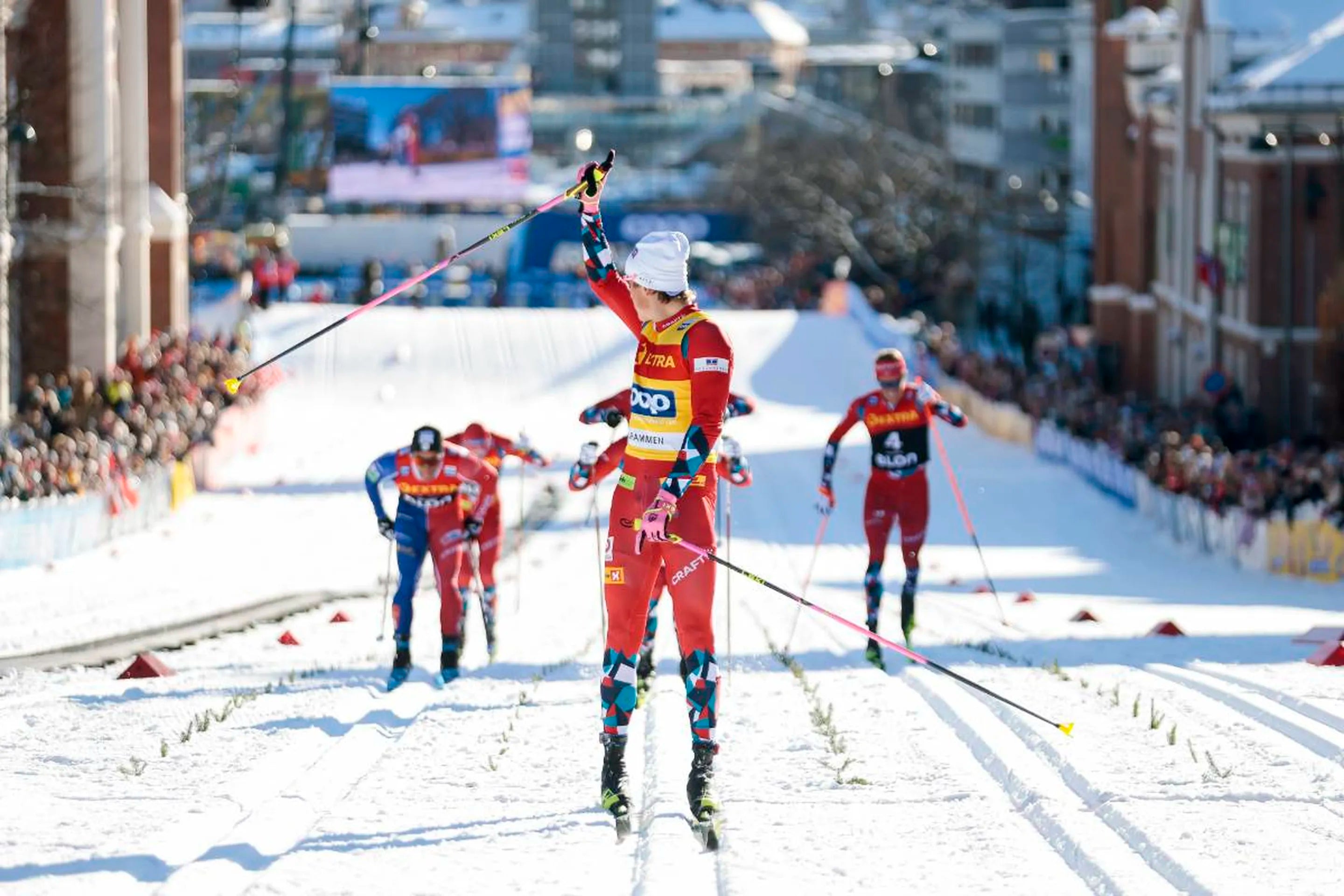
Cross-Country Skier Requirements Profile: The Keys to Success
How do cross-country skiers reach the world elite? What physiological demands are placed on them and how do they optimize their training programs? Cross-country skiing is one of the most demanding endurance sports, where success at the elite level requires extensive physiological and technical demands. In the following posts, we delve into the Swedish Ski Association's requirement profile for cross-country skiers and outline the decisive factors required to become the best on skis.
Physiological Requirements
Achieving and maintaining a high level of physical fitness is fundamental for cross-country skiers. Two main aspects of this are aerobic and anaerobic capacity and efficient work economy.
Aerobic capacity
Aerobic capacity is measured in terms of VO2max, which is the maximum amount of oxygen the body can absorb and use during physical activity. Elite skiers typically have a VO2max of 70-85 ml/kg/min, while the absolute peak can exceed 90 ml/kg/min. A high VO2max is crucial to being able to maintain high intensity levels over long distances. For example, male rowers who won medals at the World Cup during the time period 1990-2013 have an average VO2max of 84.3 ml/kg/min, while non-medallists are at 82.0 ml/kg/min. For female riders, the corresponding figures are 72.6 ml/kg/min and 69.4 ml/kg/min respectively.
Anaerobic capacity
Anaerobic capacity measures the body's ability to produce energy without oxygen and is critical during short-term, high-intensity efforts such as sprints. The anaerobic threshold, where blood lactate levels begin to rise rapidly, is an important indicator and is often at 85-90% of VO2max for elite athletes.
Labor economics
Efficient work economy means that the rider uses less energy at a given speed, which saves energy and enables higher speeds for longer. Work economy is affected by technical skills, ski technique and muscle strength.
Performance analysis
Analyzing performance is critical to understanding which factors influence performance and how to improve them. Through careful analysis of previous competitions, coaches and skaters can identify key factors for success. Analyzes show clear speed differences between different forms of competition and classes. For example, the top-3 ranked men in classic style over 15 km have an average speed of 23.4 km/h, while the average ranking for the top 30 is 22.0 km/h.
However, speed is affected by a number of factors including snow and weather conditions, type of paddock and equipment, as well as terrain and track profile. In the past, fluorine wax was used, which reduced friction and increased speed, but this type of wax is now banned for environmental reasons. The type of race (sprint vs distance) and ski technique (skate vs classic) also significantly affect speed.
Training content
A well-balanced training program is essential to developing the skills required to reach the elite level. The training includes both low- and high-intensity training as well as branch-specific and non-branch-specific training. Elite skiers train between 700-900 hours per year, where approximately 85% of the training is low-intensity and 10-15% is high-intensity. Most of the training is discipline-specific, which means training on snow or roller skis. Around 30-40% of training can be non-discipline specific, such as running or strength training.
To develop the explosiveness required for quick starts and sprints, strength training is performed one to two times per week and speed training two to three times per week. This includes impulse and high speed training. Recovery is also an important part of the training plan. Effective skaters typically sleep 8-9 hours per night and use decompression techniques after high-intensity training sessions or competitions. Between two training sessions on the same day, they often rest 30-60 minutes.
Summary
By understanding and focusing on the physiological requirements, performing accurate performance analyzes and developing a well-balanced training content, both coaches and skaters can give themselves the best conditions for success. When these elements are integrated into the training regimen, cross-country skiers can optimize their preparation and performance, which can ultimately lead to better results.
Read more in the Swedish Ski Association's requirement profile for cross-country skiers .




Leave a comment
This site is protected by hCaptcha and the hCaptcha Privacy Policy and Terms of Service apply.